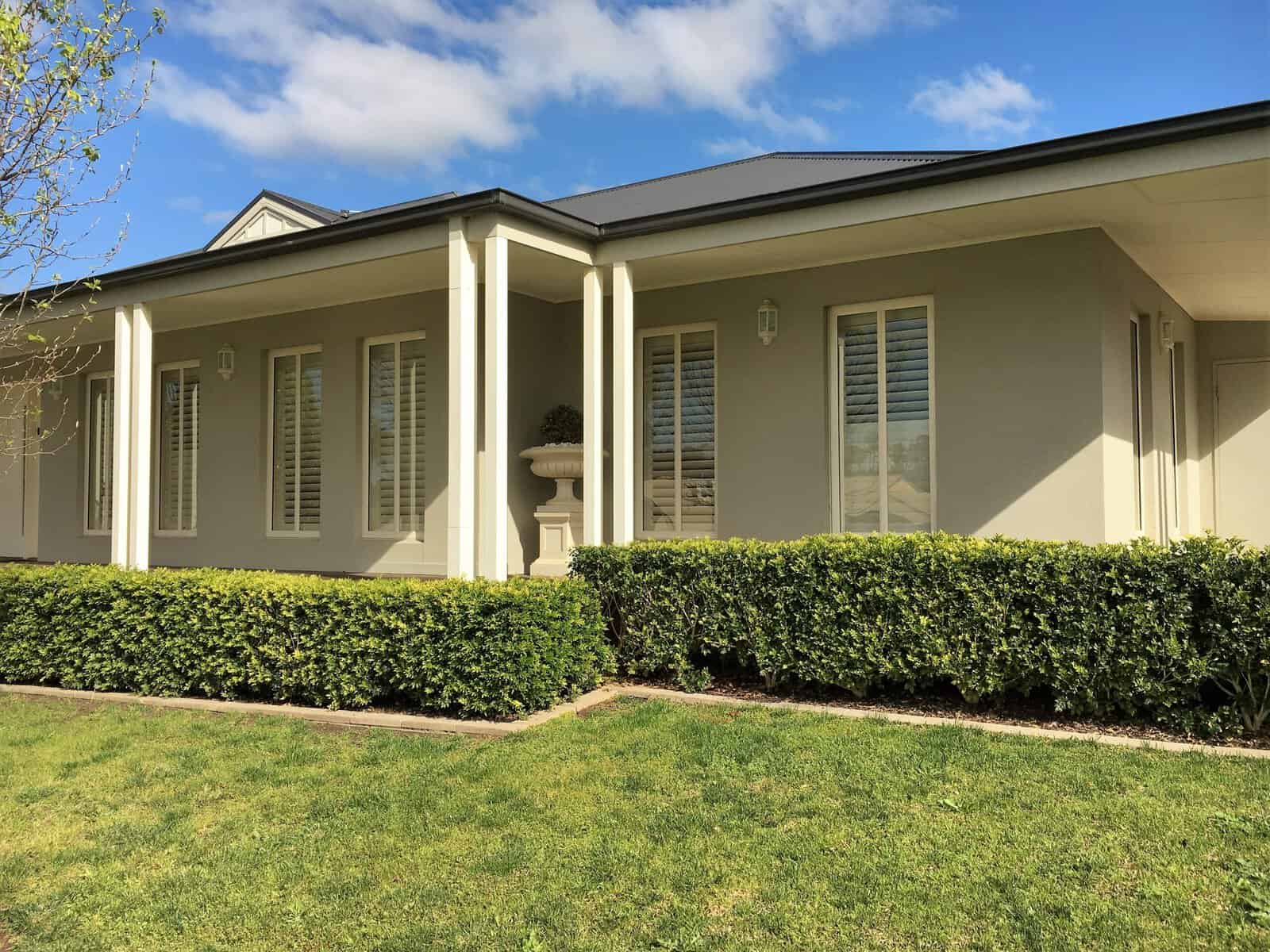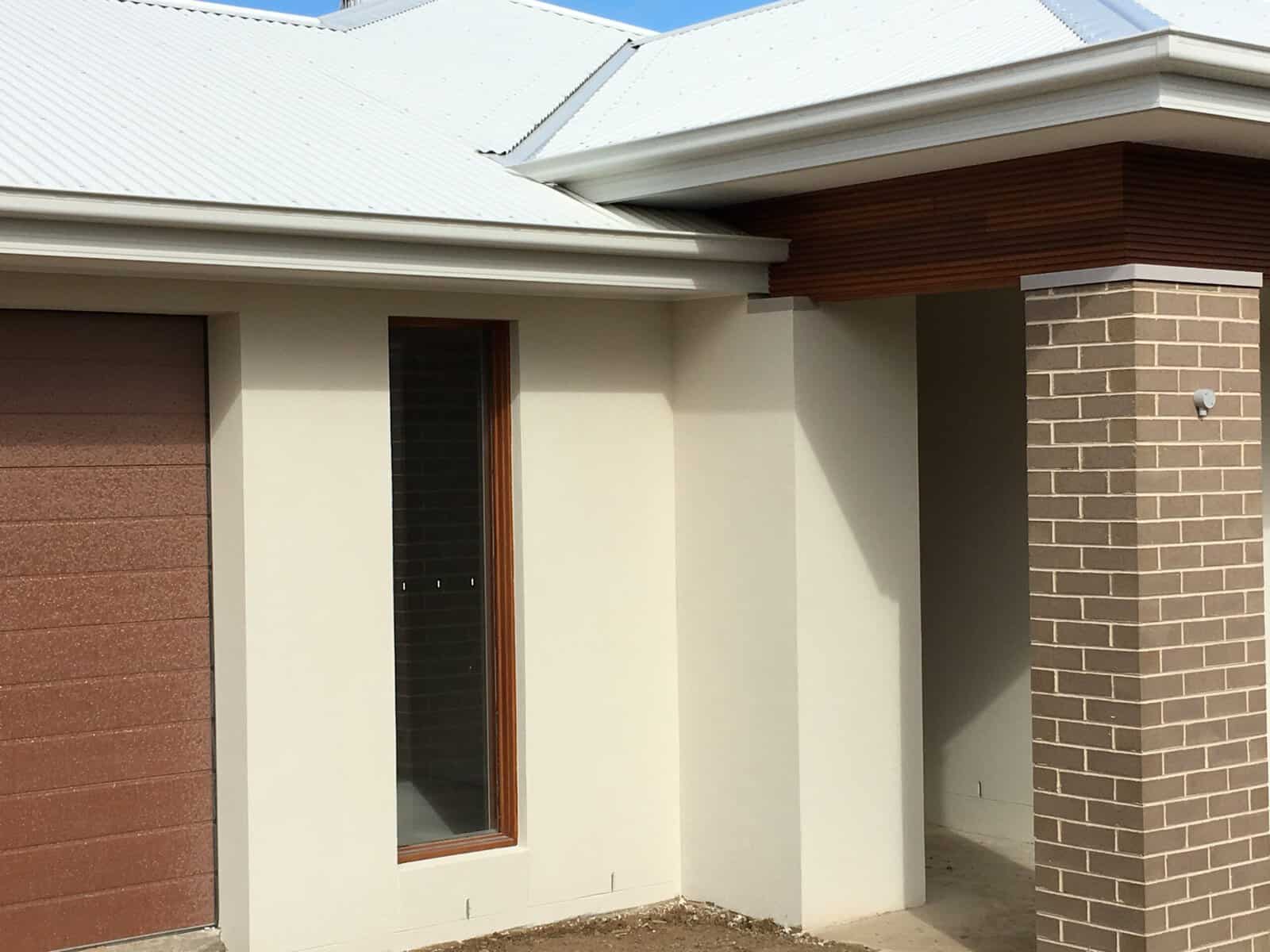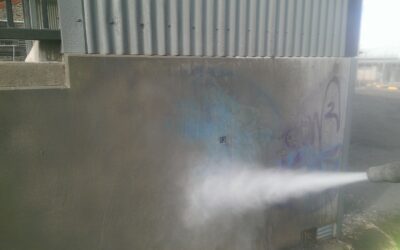How To Fix Cracks In Render
Have You Ever Wondered What Causes Hairline Cracks in Rendered Walls?
- Temperature fluctuations: Extreme changes in temperature cause the render to expand and contract, leading to cracks.
- Improper application: Mistakes in the mix ratio, inadequate curing time, or applying render in unsuitable weather conditions can weaken the structure.
- Building settlement: Over time, all buildings settle slightly into their foundations, which can cause stress on the render and lead to cracking.
- Moisture ingress: Water entering through the render can freeze, expand, and cause cracking, particularly if the render is not adequately waterproof.
Understanding the causes is crucial in addressing the issue and preventing future cracks.

Evaluate The Seriousness Of Hairline Cracks
- Width and depth: Generally, cracks less than 0.5mm in width are considered hairline and superficial. Wider cracks may require professional assessment.
- Location and pattern: Cracks following a straight line might indicate a joint between different materials underneath, while diagonal cracks could suggest structural movement.
- Frequency: Multiple cracks in various locations might suggest a more serious underlying issue.
Inspecting and assessing these factors can help determine whether DIY repair is feasible or if professional help is needed.
Methods Of Repairing Walls With Hairline Cracks
- Cleaning the crack: Start by widening the crack slightly with a scraper to remove loose material, then clean it thoroughly.
- Applying a filler: Use a high-quality exterior filler suitable for rendered walls. Apply it into the crack using a filling knife, ensuring it’s fully packed.
- Sanding and painting: Once the filler is dry, sand it down to create a smooth, level surface. Finish by painting over the repaired area to match the surrounding wall.
For larger cracks, consider using a mesh tape over the crack before applying the filler for added stability.

How Can You Prevent Hairline Cracks?
- Quality materials and application: Ensure high-quality render is used, and that it’s applied correctly according to manufacturer guidelines.
- Adequate curing time: Allow sufficient time for the render to cure, avoiding rapid drying which can lead to cracking.
- Control joints: Incorporating control joints in larger areas can help manage the natural expansion and contraction of the render.
- Regular maintenance: Keep an eye on early signs of moisture ingress or damage, and address them promptly to prevent cracks from developing or worsening.
In conclusion, while hairline cracks in render can be unsettling, understanding their causes and knowing how to fix and prevent them can ensure your home continues to look its best. Regular maintenance, correct repair methods, and preventative measures can extend the life of your rendered walls and maintain your home’s aesthetic appeal. Whether you’re a DIY enthusiast or prefer professional help, staying informed is key to managing the health of your rendered walls.



